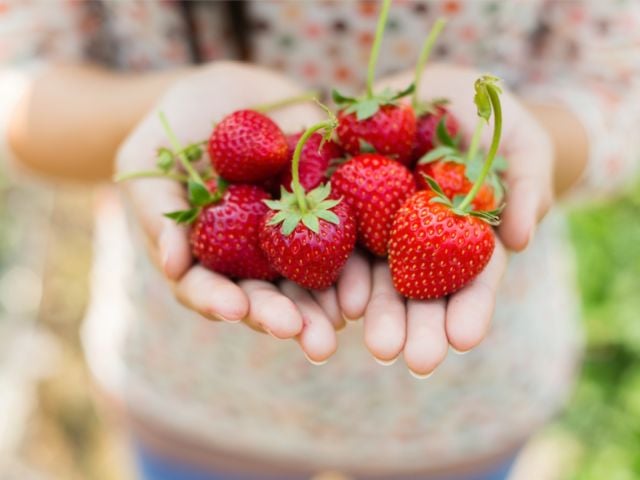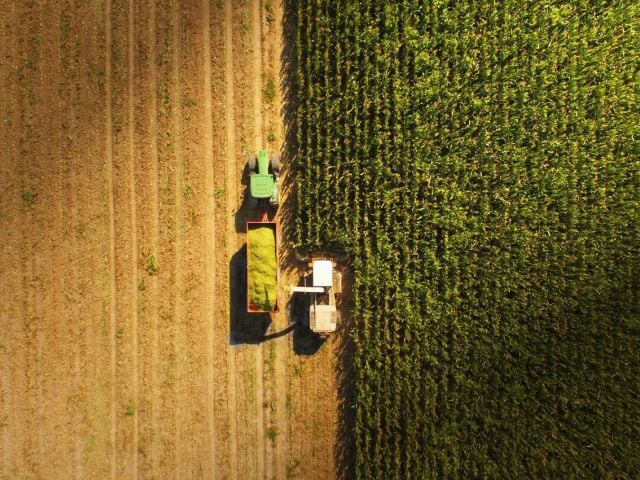
The Centers for Disease Control and Prevention and the Food and Drug Administration report that onions are the likely source of the McDonald’s E. coli outbreak that killed one person and sickened dozens more.
The exact location where these onions, used in McDonald’s Quarter Pounders, were grown has not yet been confirmed. But the affected onions, pulled off the market by McDonald’s and other fast food companies, were apparently supplied by a California produce company’s Colorado processing facility.
Factory farms can increase the likelihood of E. coli and other pathogens contaminating onions, and many other vegetables and fruits. That’s because dangerous bacteria, like E. coli, salmonella and giardia, commonly found in animal manure, can wash or drift with dust into irrigation waterways whose water is then sprayed on food crops such as onions.
Following the E. coli incident, EWG identified California onion fields near livestock facilities. In 2022, over 68,000 acres in California were planted with onions. Of those, 4,000 acres are within one mile of a factory farm, known as a concentrated animal feeding operation, or CAFO. The map below shows the proximity of some of these fields in the Imperial Valley.
Fig. 1. The Imperial Valley of California with animal feeding operations in blue and fields where onions and garlic are grown in orange.
Earlier this year, EWG identified California CAFOs very close to water sources used to irrigate all fruits and vegetables. We found 2.6 million acres of crop fields in California within 3 miles of at least one such facility, with 1.56 million planted with fruits or vegetables. Of these, 16,500 acres were planted with onions.
Open manure storage tanks and feedlots close to an irrigation canal, sometimes only feet away, increase the likelihood for bacteria and other pathogens to wash or blow off feedlots and other CAFOs and end up on produce.
Research shows that pollutants from animal feeding operations can cause respiratory damage in residents up to 4 miles away. So it’s probable that bacteria in manure on cattle feedlots can drift on air currents into fields or waterways up to that distance.
California CAFOs
In California’s Central and Imperial Valleys, high concentrations of operations in small areas of land exacerbate the threat.
For our reports, EWG experts used data from the California Environmental Protection Agency’s State Water Resources Control Board to identify 1,062 of the state’s CAFOs, which housed nearly 77 million animals, as of 2022.
Most California CAFOs produce cattle, with 911 housing 3 million cows. Many of the other CAFOs contain poultry, with 150 facilities housing 73.8 million chickens, ducks and turkeys.
Of those, 986 – almost 93 percent – are within one mile of canals often used to water crops. And 449 – 42 percent – are within a quarter-mile of such waterways.
EWG looked only at facilities large enough to be considered CAFOs by the federal EPA, and excluded 812 smaller facilities in the Golden State housing an additional 7.5 million animals.
Protecting the food supply
To address the increased risk of contamination from CAFOs, EWG proposes that the FDA require farmers who use potentially contaminated irrigation water on their produce to regularly test for these contaminants.
Currently, the FDA under the Trump and Biden administrations, has relied on voluntary actions by onion and other growers, rather than mandated testing, even when their fields are next to CAFOs.



